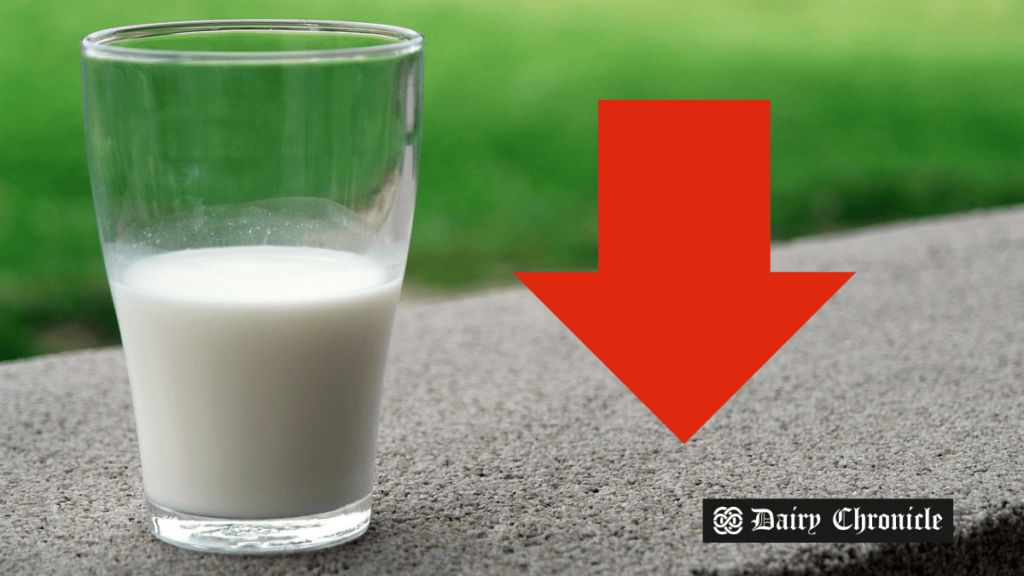Iran’s per capita dairy consumption has plummeted to 55 kg, a stark contrast to the 130 kg recorded in 2009. The decline is attributed to the country’s economic crisis and Western sanctions, which have diminished purchasing power. Despite a new government initiative providing free milk to students, dairy consumption remains critically low, raising concerns about long-term health impacts and the strain on the healthcare system. Experts call for increased awareness of dairy’s health benefits to reverse the trend.
The Pasteurized Dairy Cooperatives Union of Iran has reported a significant decline in per capita dairy consumption, which has now fallen to 55 kg. This drop reflects the severe impact of the country’s economic difficulties, exacerbated by Western sanctions and a weakening purchasing power.
Historically, Iran boasted one of the highest dairy consumption rates in the Middle East, reaching 130 kg per capita in 2009. However, the recent years have seen a sharp decline, with current estimates from the Iranian Dairy Industry Association and the FAO suggesting consumption levels around 70 kg, significantly below the global average.
The economic downturn has greatly affected the dairy industry, limiting growth opportunities for milk producers and processors. Local market players have expressed concerns that the continuous decline in dairy consumption could lead to long-term health issues, such as increased cases of bone diseases, placing additional strain on Iran’s healthcare system.
In response to the crisis, the Iranian government has launched initiatives to boost dairy consumption. A new program by the National Milk Committee of the Ministry of Education provides free milk to 8.5 million students, offering each student 14 kg of milk per month. This initiative, which resumed in May after a decade-long hiatus, aims to encourage dairy consumption among younger generations.
Despite these efforts, Mohammad Reza Bani Taba, spokesperson for the Iranian Dairy Industry Association, emphasizes that the economic crisis is not the sole reason for reduced dairy consumption. He points out that prices of other products have also risen, yet consumption of these items remains stable. Bani Taba calls for increased public awareness of the health benefits of dairy products to combat the downward trend.
As Iran grapples with these challenges, the future of its dairy industry remains uncertain, with ongoing economic pressures and shifting consumer behaviors shaping its trajectory.



